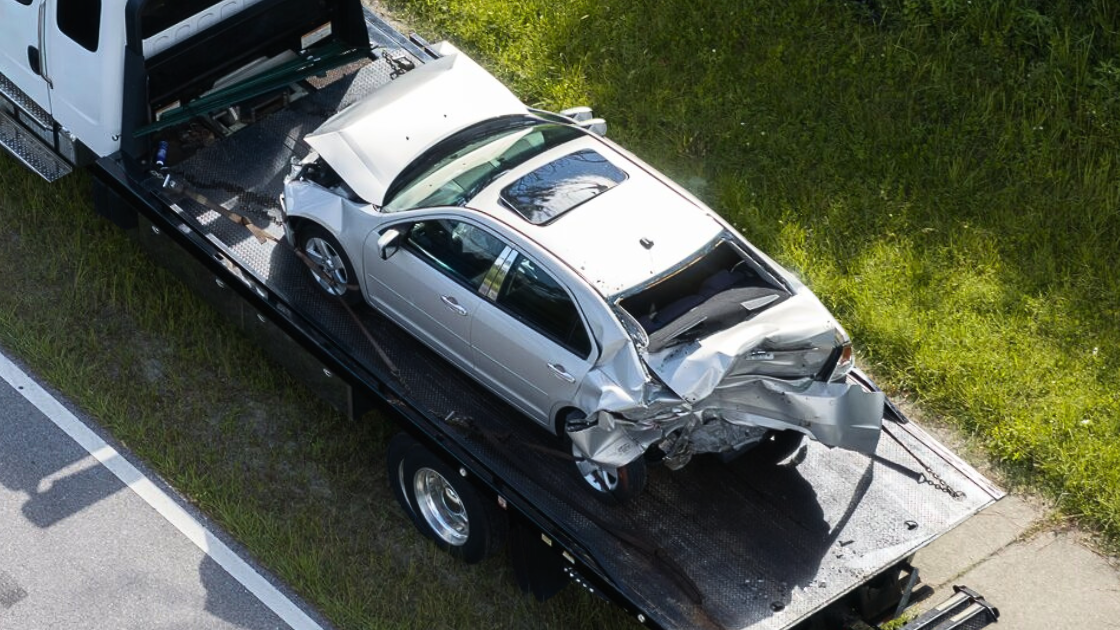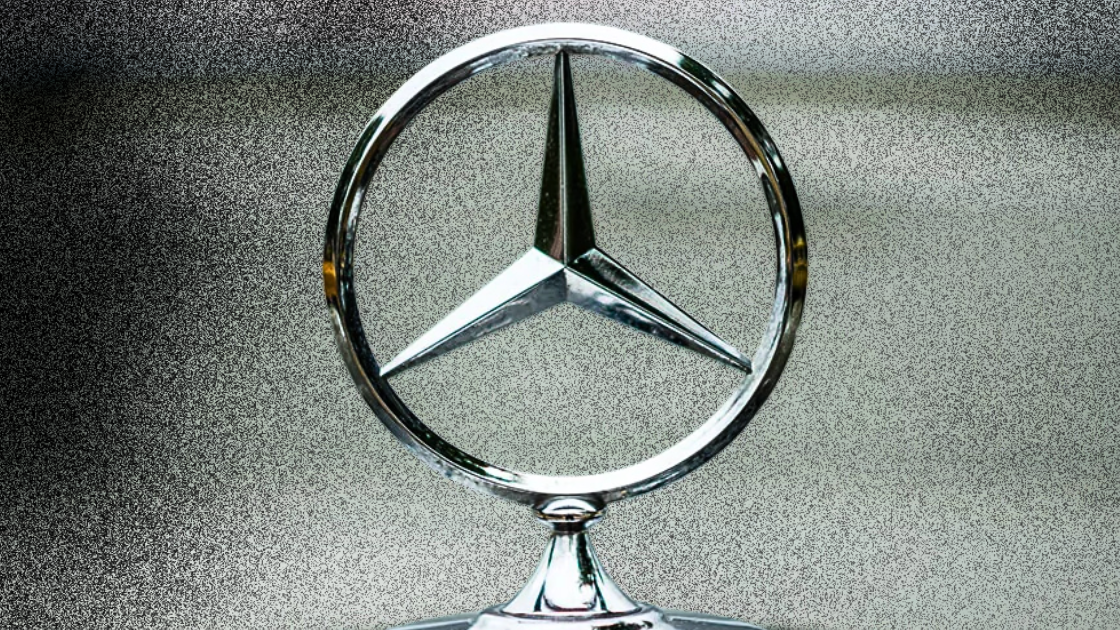Hey, everyone — This Friday at 9 a.m. EST, several dealers are hosting a CDG Podcast reaction Zoom—they’ll be discussing topics surrounding Dealership Service and Best Practices.
Two dealership general managers will lead the session:
— Michael Wood of Jaguar and Land Rover of Virginia Beach.
— Joe Pais of Fox Motor Group.
Join our private community to get notified—it takes just 10 seconds: cdgcommunity.com.
—CDG
First time reading the CDG Newsletter? Subscribe here.

If you can believe it—Mazda almost didn’t make it as a car brand.
Over its history—the Japanese automaker faced financial hurdle after financial hurdle.
And things got so bad in the mid-90s that Ford—which already owned 25% of the company—raised its controlling interest to 33.4%—giving it substantial influence over Mazda’s direction for many years to come.
But that all changed after the Great Financial Crisis. Ford ended up selling 20% of its stake in 2008 and dissolved all of its shares by 2015.
Fast-forward to today and Mazda has been fully removed from Ford for about a decade and is one of the most successful “independent” car brands not under the umbrella of a conglomerate.
And my bet is on this automaker going the distance. Here are three reasons why:
Reason #1: Sales volume and growing market share.
Mazda sales increased 16.8% from 2023 to 2024—the brand’s best sales performance on record with more than 424,000 units sold—leading to a 10-year high in market share.
From January to November 2024, Mazda snagged 2.7% of the U.S. new vehicle market, up from 2.3% in 2023, according to Edmunds. Not long ago, Mazda was stuck hovering around just 1%.
Even more impressive? According to our friends at Haig Partners, the typical Mazda dealer is averaging 55% more new car sales than they were in 2019—the biggest increase of any brand.
Big picture—in an otherwise steady market—Mazda’s vehicles are racing off showroom floors nationwide.
But what’s fueling all this growth?
Reason #2: Product mix and a solid dealership inventory situation.
Mazda is going through a "product-led renaissance," said Tyson Jominy, vice president of data and analytics at J.D. Power.
The automaker’s focus on affordability and its strong performance in mid-market SUVs and crossover models strike a balance between mainstream and premium, positioning itself as a lifestyle brand. And the choices are calculated. The CX-70 and CX-90 are practically the same car and in 2024–were priced about the same (~$40K). The main difference is the third-row seat in the CX-90.
But I don't think Mazda is trying to compete with brands like Honda and Toyota. Mazda’s reputation is more upscale than most mainstream competitors. It is trying to be more like a “budget-friendly BMW” (a bit of a stretch—I know), but it's working out pretty well. Mazda owners repeatedly compliment the vehicles’ performance, handling, and design.
Plus, Mazda scores great on reliability—J.D. Power ranks it no. 7, while Consumer Reports goes slightly higher at no. 6.

All of this combined has put dealers in a steady spot with inventory—plenty of cars to sell and plenty of buyers to keep them moving.
“We have vehicles to sell, but we don’t have too many vehicles,” said Rob Sickel, the new chairman of Mazda’s National Dealer Advisory Council.
And while the average Mazda dealer had 98 days’ supply of new vehicle inventory as of December 2024, Rob predicts that in 2025—that will likely be closer to 45 - 60 days.
But Tyler Corder, CFO Findlay Automotive (including Findlay Mazda) told me staying between 60 - 90 days is going well for his store.
With over 35 stores representing more than 20 brands, Tyler thinks Mazda has done “a better job than most manufacturers on the production side.” While a lot of manufacturers have had ups and downs in inventory availability, Mazda has been “very consistent.”
Which ultimately means…
Reason #3: Mazda dealers have been very profitable.
Right now, Mazda dealer profitability growth is head and shoulders above the rest.
As of September 2024, net dealer profits over the past 12 months were up 85% compared to pre-COVID levels in 2019, according to Mazda.
On top of that—Mazda decreased its number of storefronts from 570 in 2019 to 542 today. Higher sales through fewer locations = a winning formula.
But Mazda has also seen a sharp improvement in Blue Sky values (the goodwill value of a dealership beyond its hard assets). Mazda’s multiple is now 3.5 - 4.5x earnings, putting the brand on par with Ford and Chevrolet in terms of dealership value. It was the only brand with an increase in Q3 2024.

Bottom line—It’s one thing to capture momentum, but Mazda has proven it can hold onto it, too. However, achieving 450,000 new vehicle sales in the U.S. this year will come down to a few crucial elements:
1) Partnering with Toyota: Mazda is now backed (in part) by Toyota Financial Services, offering more flexible financing than Chase, its former partner. And with joint efforts on next-gen ICE vehicles, Mazda’s alignment with Toyota strengthens its already robust manufacturing position as the industry consolidates and production costs rise.
2) Doubling down on incentives: Mazda will likely also continue increasing its incentives to better align pricing with transaction levels, turning more traffic into steady sales.
3) Leaning into hybrids: Mazda’s “intentional follower” approach to electrification is perfectly timed for the exploding hybrid segment, which is set to make up 15% of new vehicle sales this year, according to Cox Automotive. With demand surging, Mazda is leaning into hybrids over the next two years, led by the CX-50 Hybrid, CX-90 PHEV, and CX-70 PHEV. It’s a smart play to capitalize on what customers are gravitating toward.
But what do you think? Is Mazda an underrated gem? Will its 2025 plans pan out? Hit reply and let me know your take.
Is it time for a machine-assisted dealership?
Al technology is transforming our world and changing the competitive landscape of our industry. The Lotlinx Machine uses unparalleled data and deep learning technology to predict your next best move.
Here’s how our Machine helps dealers win:
Promote Smarter
Price With Precision
Procure More Effectively
Gain Market Clarity
Book a one-on-one meeting at the NADA Show (booth #803) to see how the Lotlinx Machine can power your dealership.
As a thank-you for scheduling, choose a $250 gift card when you book a meeting. Plus, when you sign up, you’ll automatically be entered to win cutting-edge tech gadgets!
The Machine awaits...are you ready?

Life as a master auto technician: myths, misconceptions and compensation revealed
How AI agents are extinguishing service 'heat cases' and protecting dealership profitability
How Healey Brothers Auto transformed salesmen into social media powerhouses
Three opportunities hitting the CDG Job Board right now:
Edmunds: Account Executives (Wisconsin, Michigan, Arizona).
Foureyes: Customer Success Manager (remote).
Bob Bell Automotive: Product Specialist (Maryland).
Looking to hire? Add your roles today—it’s 100% free.

EV batteries complicate debris removal after California fires.
How Nissan’s profits dropped 90% in one year.
Taiwan's Foxconn sets its sights on the ever more crowded EV market.
Honda is bringing back the Acura RSX in 2025 as an EV built in the U.S.
SEC accuses Elon Musk of cheating Twitter investors out of more than $150 million.
Did you enjoy this edition of The Breakdown newsletter?
Thanks for reading. See you on the next edition…
—Car Dealership Guy
Want to advertise with CDG? Click here.
Want to be considered as a guest on the CDG podcast? Right this way.
Want to pitch a story for the newsletter? Share it here.


















